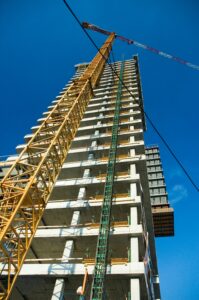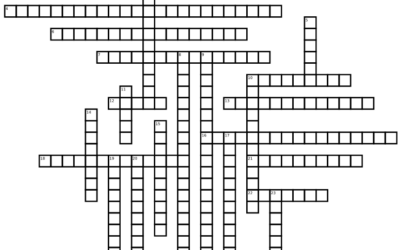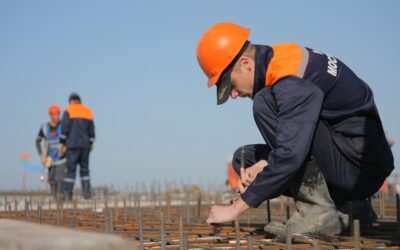Executive Summary. Construction claims are resolved by varied methods. One method is by “DRB”, which stands for Disputes Review Board. Learn more about this quick and low cost way of resolving project disputes.
The traditional claims process. Each contract is different, but generally speaking, a construction contract follows the following process:
- A matter arises
- Written notification by the contractor is issued
- A proposal package requesting time and/or cost is submitted to the Owner by the Contractor
- A successful negotiation occurs between the parties
- A written change order memorializes the agreed up changes in time and/or cost

The dispute resolution process arises when step #4 above doesn’t occur. When step #4 doesn’t occur, the process continues on a path something like this (depending on your Owner):
- The Owner officially rejects the proposal
- The Contractor protests to the Contracting Officer at the Owner’s agency/company
- The Contracting Officer rejects the Contractor’s request for time and cost adjustment
- The Contractor demands mediation or arbitration (may or may not be binding) in accordance with the Contract
- If all has failed above, then the parties enter litigation
That’s the typical process.

So, what is DRB and how does it work? What is not seen above is a step wherein the parties go to a DRB for a nonbinding decision. Washington Department of Transportation has a very successful DRB which works like this [See WSDOT Std. Spec. 1-04.5(1)A]:
- Board Establishment– the Agency and the Contractor jointly select three prospective Board members
- Board Agreement– a three-party agreement is established (in writing) – a copy of the agreement is at right
- Board Chair Selection– the Board selects a Chair
- Dispute Referral– the complaining party provides a dispute referral document defining the “nature and specifics of the dispute” to be considered by the Board
- Pre-Hearing Submittal– the disputing parties each p
repare a pre-hearing submittal for the Board. This is also called the position paper. - Rebuttal papers– if so requested the by Board or the opposing party, a rebuttal paper shall be prepared
- Hearing– a site for the hearing is provided by the Contracting Agency. Attorneys are not required to attend the hearing and from the language in the WSDOT specification, they should be limiting their participation in this event.
- Decision– the Board meets after the hearing and reaches a majority decision which is communicated via a written report. If there is a dissenting member, he or she may issue a minority report.

My story. I have personally never been through a formal dispute in this manner. I have been on a project with this in place, we just didn’t need it. Members of our firm have done it and give it huge kudos. On its face it sounds great. The members can be chosen quickly, and within a month the parties can present to the Board. Attorney involvement is minimal, which is great for the project cost. From the Contractor side, this is a great tool if the Owner’s representative is not too construction savvy – this three-person board can be very construction savvy.
Work safe!






0 Comments